10 Types of Training Modules & Their Benefits
Learn about different types of training modules and their role in proper corporate training. See why choosing the right modules is vital for success.
Learn about different types of training modules and their role in proper corporate training. See why choosing the right modules is vital for success.

If you’re a training manager, learning and development (L&D) professional, or part of the human resources (HR) team looking into online training, you should understand training modules before choosing a training tool.
Think of training modules as chapters in a book, each covering a different topic or skill. For example, one module might teach customer service skills with videos and quizzes, while another could explain software basics with guides and interactive lessons.
In this article, we’ll look at different types of training modules and how they can improve employee training. Let’s get started!
Training modules break down learning materials into small, manageable pieces. Each module offers a focused lesson or skill, making information easily digestible and easily memorable.
Additionally, modules come in different formats, like text, videos, and quizzes, among others. Each one zeroes in on a specific topic, helping employees grasp and retain new information effectively.
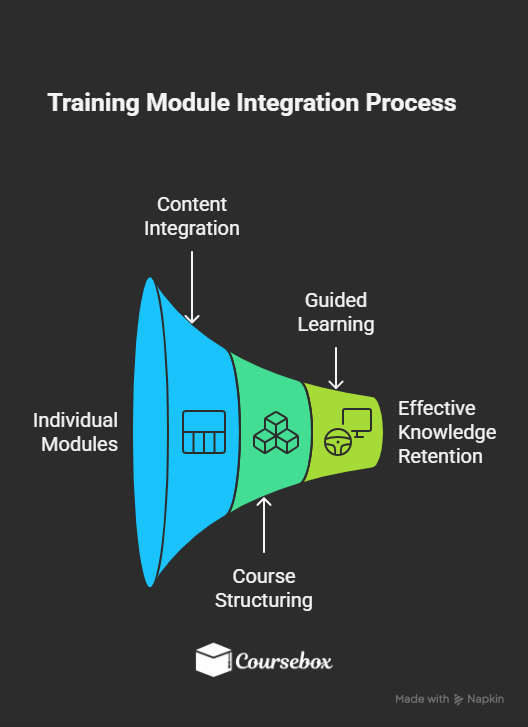
Training modules break down complex subjects into structured parts. Well-designed modules allow learners to focus on one area at a time, making it easier to absorb information and apply it in practical scenarios. They also offer organizations more control over pacing, assessment, and learning outcomes.
One powerful approach to organizing modules is the mutually exclusive, collectively exhaustive (MECE) principle. It posits that each module should cover a unique topic without overlap. At the same time, collectively exhaustive coverage guarantees that all critical aspects of a subject are addressed.
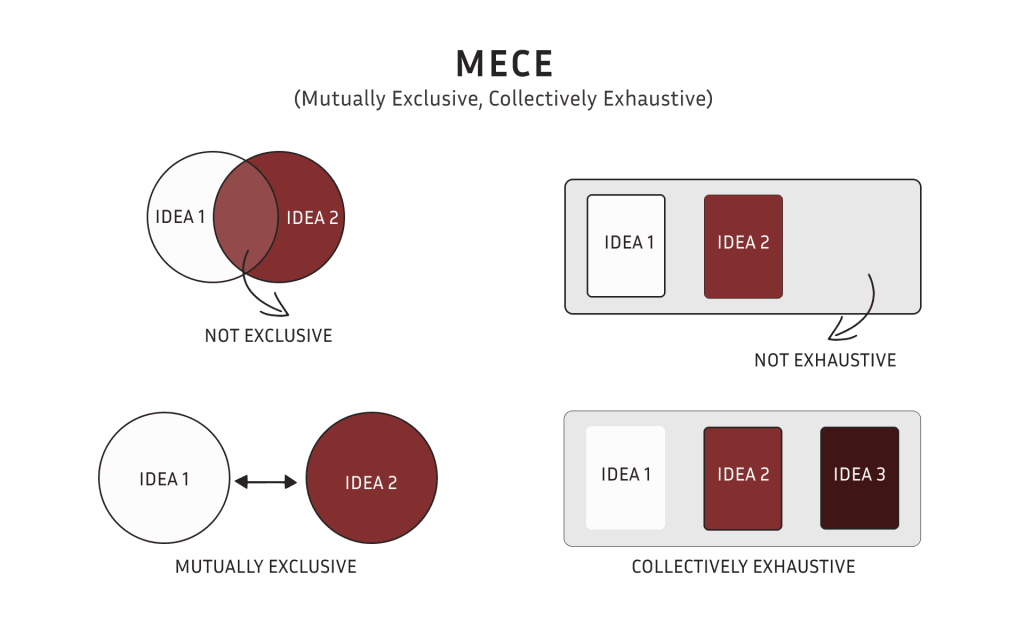
Beyond MECE, effective training modules also incorporate interactive content, assessments, and real-world case studies. The combination reinforces learning and keeps learners engaged.
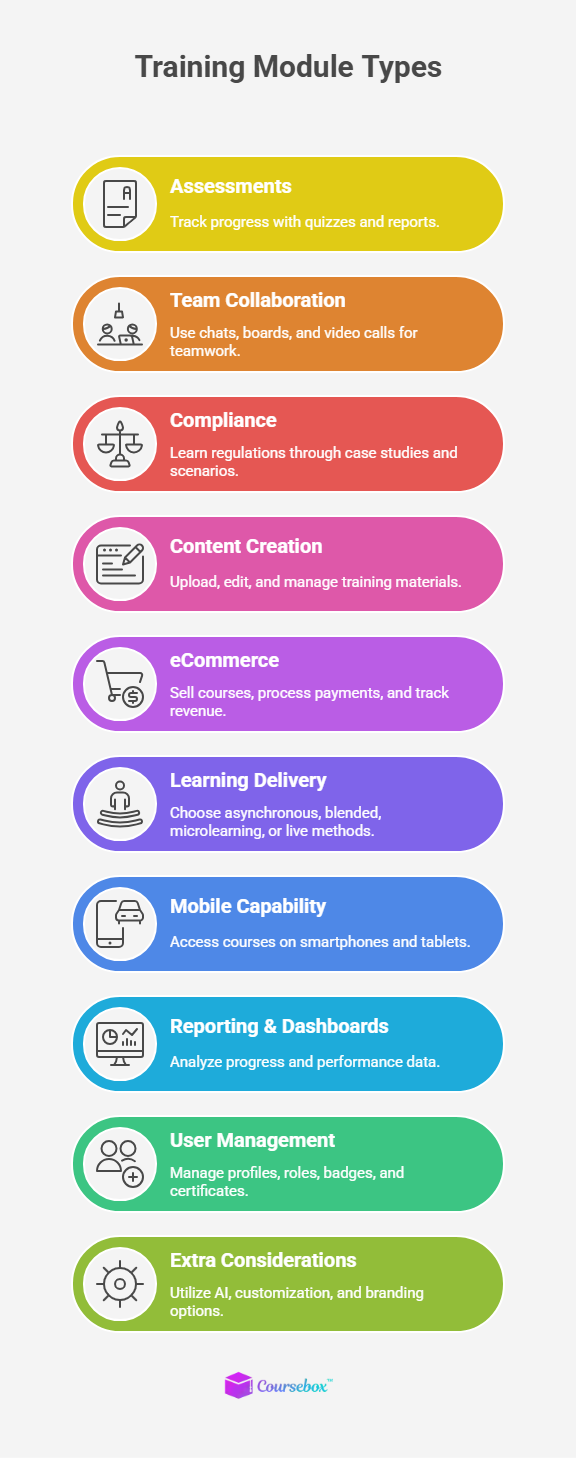
Different training modules serve different purposes, from onboarding new hires to building leadership skills. Let’s look at 10 common types of training modules and how each one can benefit your learning program.
Assessments let you track the progress of your learners and adjust their training based on their strengths and weaknesses. You can also craft reports to visualize and compare data from grades and exam results.
Many LMS solutions offer advanced tools for skill-based assessments, including:
Whether managing a small team or a large global workforce, staying connected makes online training more effective. When team members feel part of a community, they work better together and achieve shared goals.
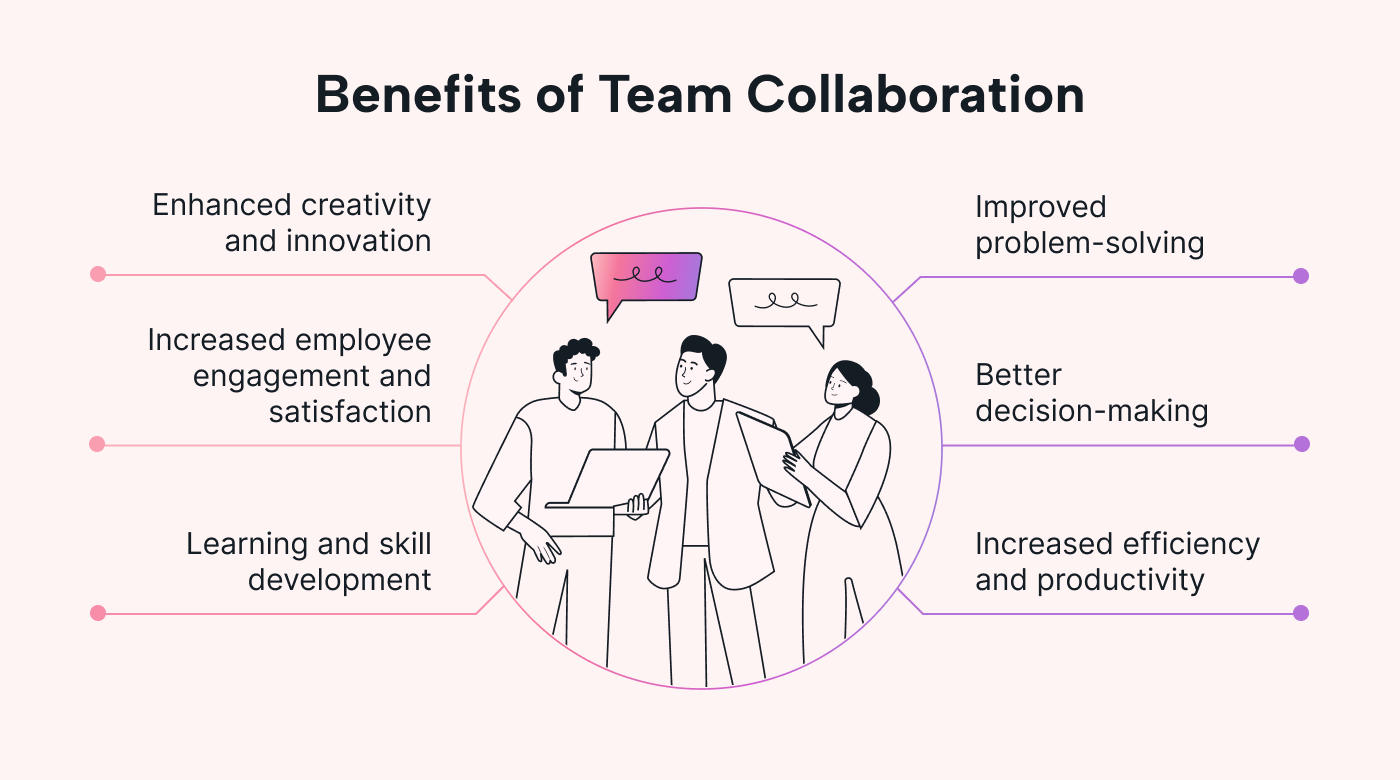
Most AI tools for personalized learning offer various collaboration tools, including:
Technology and laws surrounding systems, learning content, accessibility, and security constantly evolve and companies must keep step.
Since rules and technologies are always changing, compliance modules help organizations reduce risks, avoid legal penalties, and build a culture of accountability. Interactive formats, like case studies, quizzes, and scenario-based learning, make the content more engaging while helping employees understand both the “what” and the “why” behind the rules.
Some common industry regulations include:

After setting up your training content, you’ll need to upload and organize it on the platform. LMS tools let you easily create, edit, and manage all types of eLearning materials in one place. Whether dealing with progress reports, course packages, or question banks, the software handles it all.
With this module, you can:
A quick tip: A learning management system isn’t the same as a content management system, such as WordPress. Learn the differences between LMS and CMS to determine which one suits your business needs.
The eCommerce market has grown a lot, with a 25.83% increase from 2025 to 2033. So eCommerce training has become a must for modern businesses. These modules equip learners with skills in digital storefront management, online customer service, payment systems, and data-driven marketing strategies.
With this module, you can:

A good LMS supports various learning methods because each student is different and prefers a different learning method. Simply put, whether your employees learn online, in the office, or at their own pace, the system can handle their preferences.
Common learning delivery models include:
Research shows that mobile-based learning strengthens learner comprehension and enhances their motivation to learn independently. That being said, making training accessible on smartphones, tablets, and iPads helps create a continuous learning experience for employees.
Popular LMS like Coursebox offers user-friendly mobile learning apps that work with common operating systems like Android, Windows, and iOS.
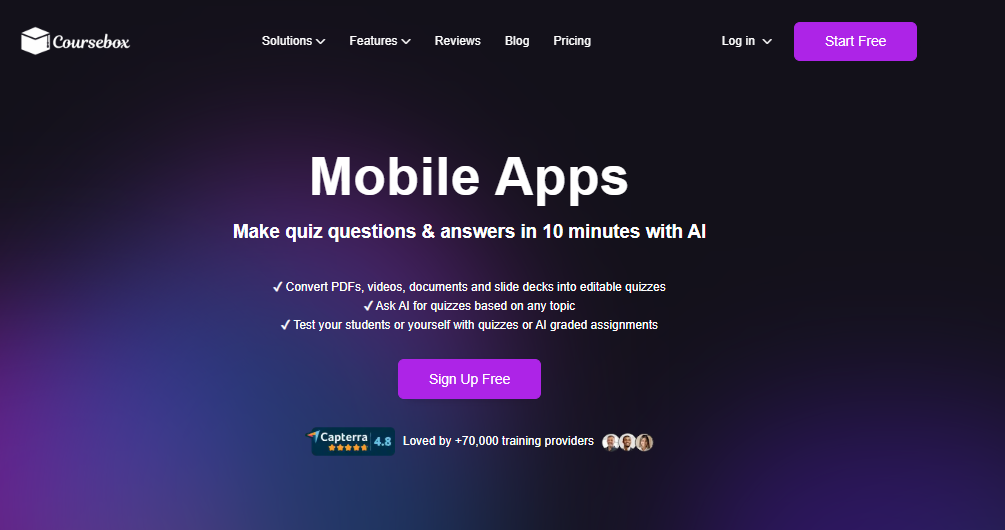
On the mobile app, you can:
LMS platforms include tools to help you see company data clearly and get insights into performance. You can track key metrics like course completion rates, enrollment numbers, online sales, learner progress, and engagement.
The reporting and analytics module lets you:

LMS solutions offer a structured way to manage user information and keep track of employee data. They also include gamification tools which can make the training more exciting.
With this module, you can:
Besides the main LMS modules, look for these extra capabilities:
Coursebox offers all these things and much more! You can use it to generate courses, create assessments, grade quizzes, personalize learning material, and so much more. Plus, the AI chatbot tutor offers real-time assistance to learners.
The main deployment options include:
Make sure the LMS you choose enables third-party integrations like Zoom, Shopify, PayPal, Microsoft Teams, and Mailchimp.
Here are some security features to look for:
The platform you choose should offer regular backups to prevent data loss and updates to fix issues.
Modules might be small, but they’re key to successful training.
With the right LMS partner, you can build effective training modules that help learners succeed. Coursebox makes creating, scaling, and measuring your training easy.
Explore our pricing plans or start free for a risk-free experience!
The most common types include assessments, compliance, onboarding, leadership, eCommerce, reporting, collaboration, and mobile learning modules. Each of these helps organizations cover everything from skills development to compliance training within a structured LMS.
No, the modules vary across platforms. Some come built-in, while others require integrations. It’s important to match the LMS features to your training goals. For example, Coursebox offers both core and advanced modules that can scale with your business needs.
Not always. Short segments improve repetition and retention, but for complex skills combine brief explanations, worked examples and guided practice.
Most modern LMS platforms allow you to build and organize custom modules. With Coursebox, you can design branded modules, add videos, quizzes, and case studies, and adapt content to fit your organization’s goals.
Modules can be designed using text, video, audio, quizzes, and interactive case studies. This mix caters to visual, auditory, and hands-on learners, so that everyone absorbs and retains knowledge in a way that works best for them.
Get started for free today.
